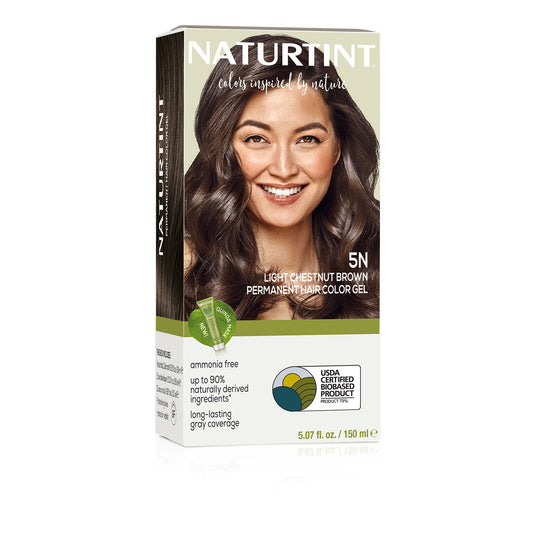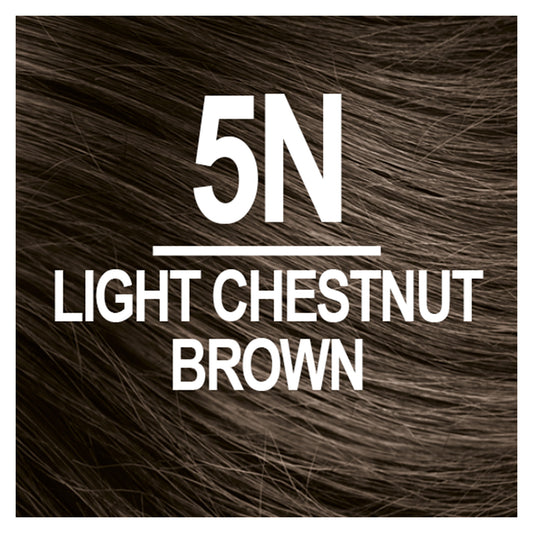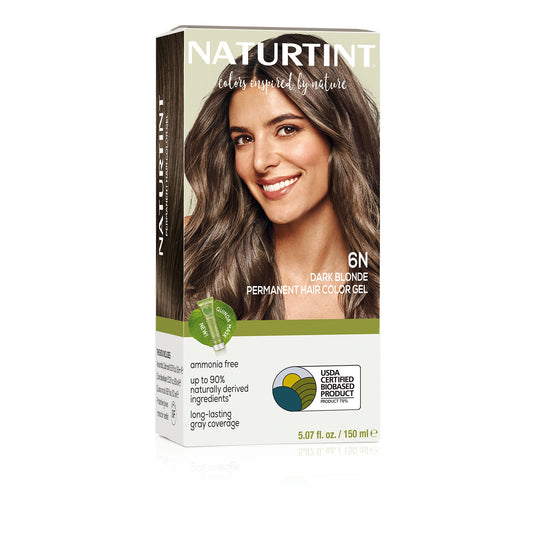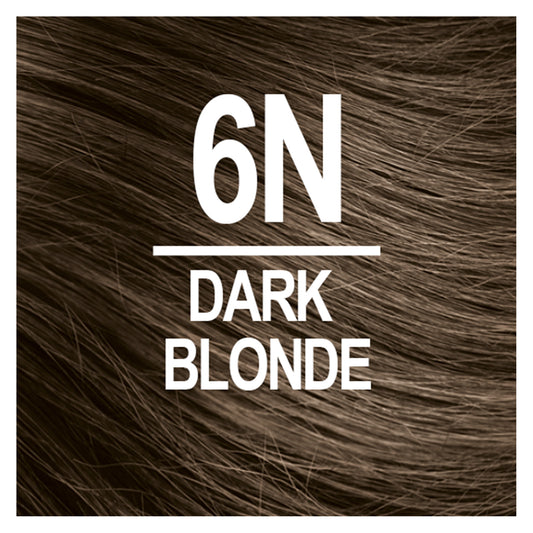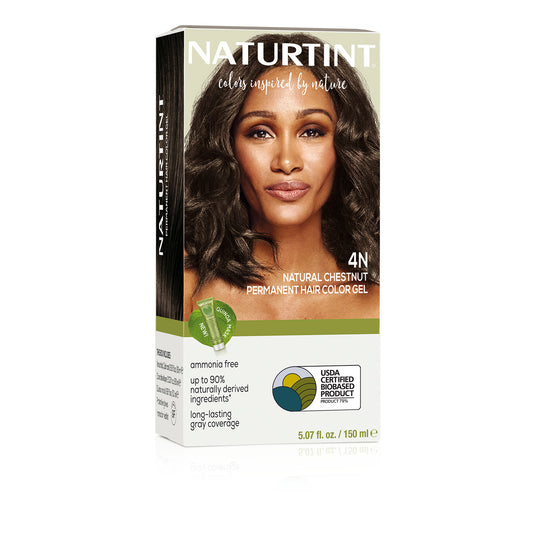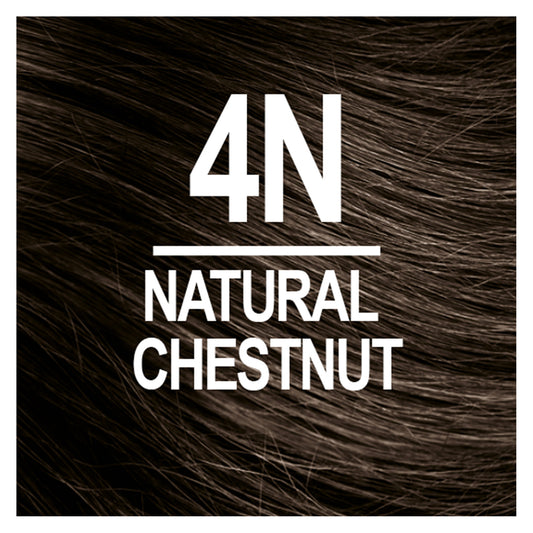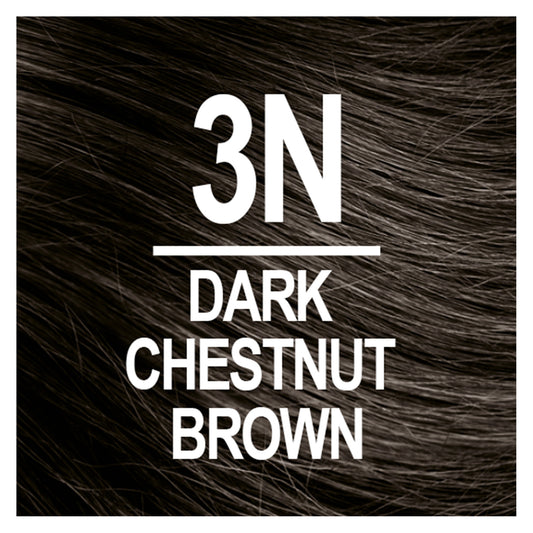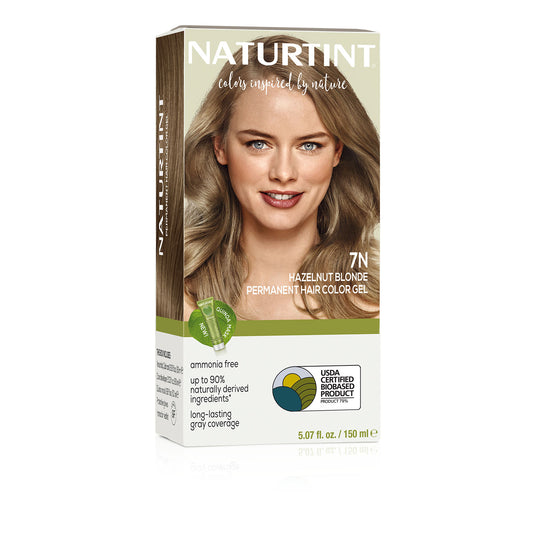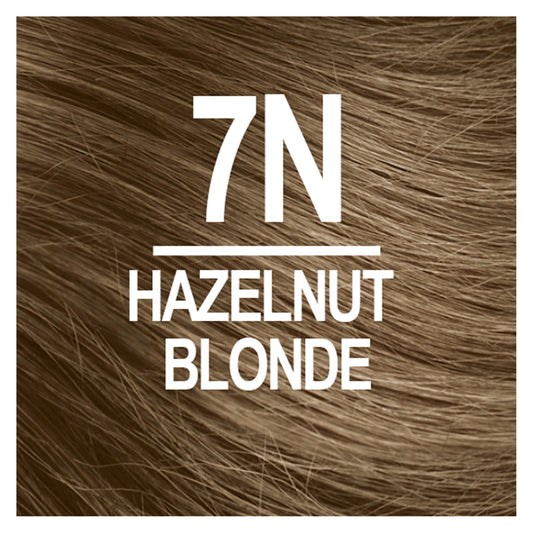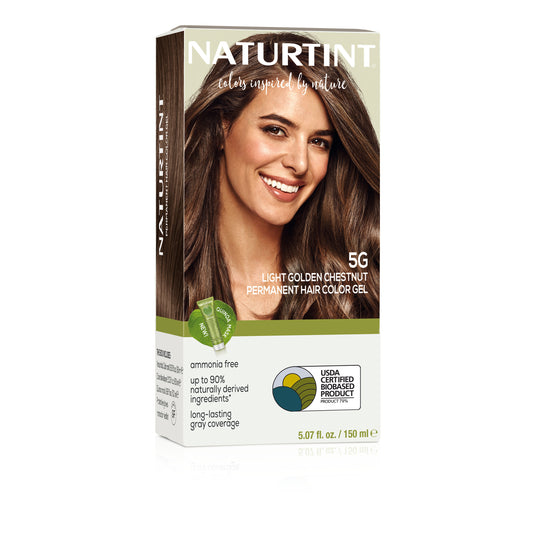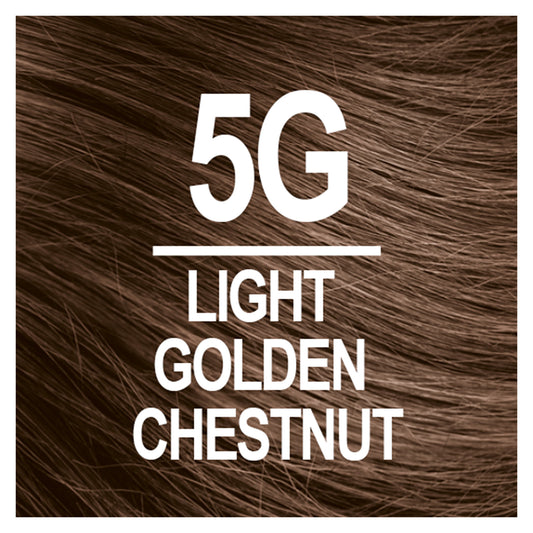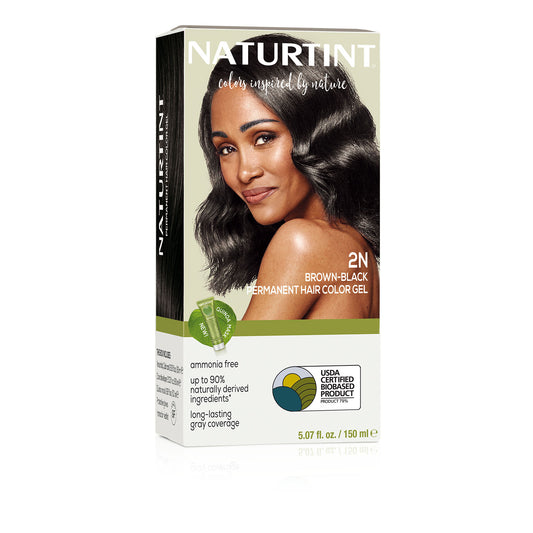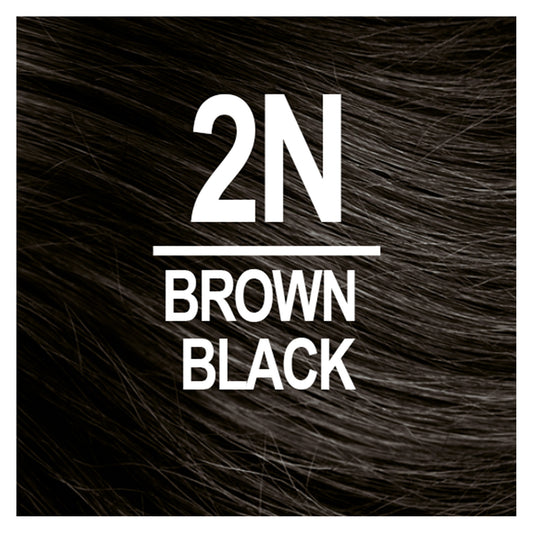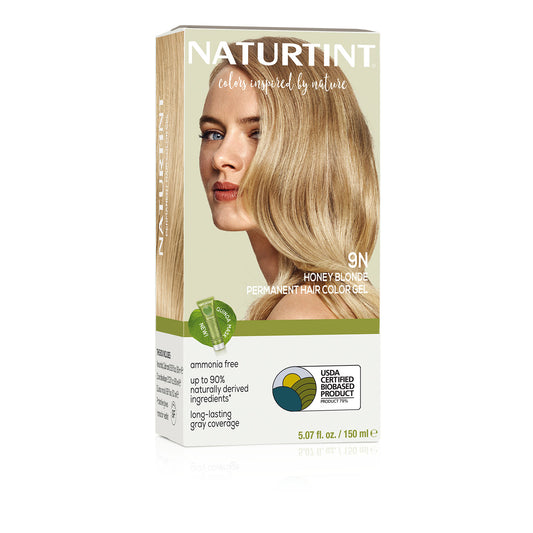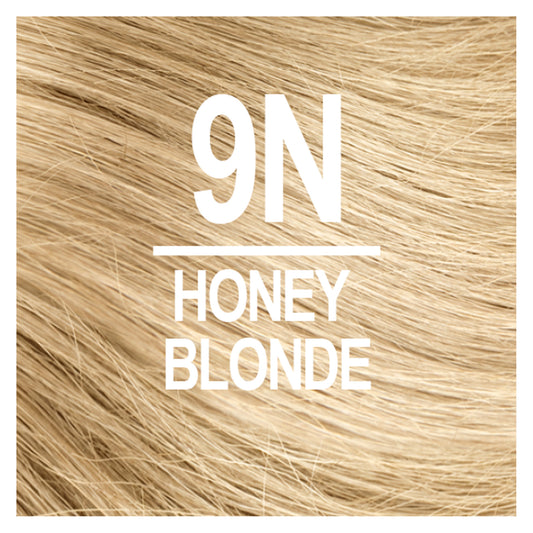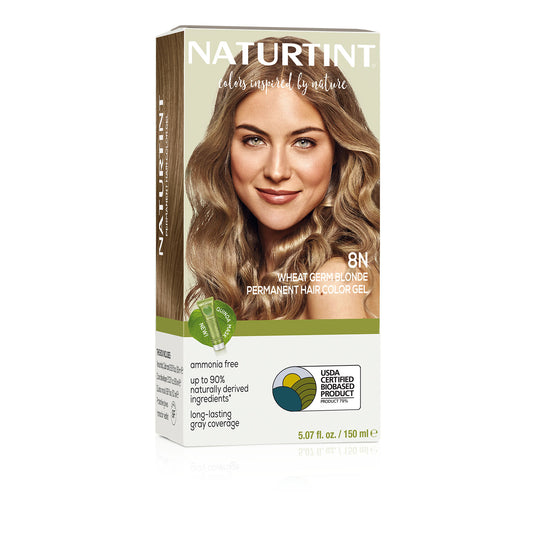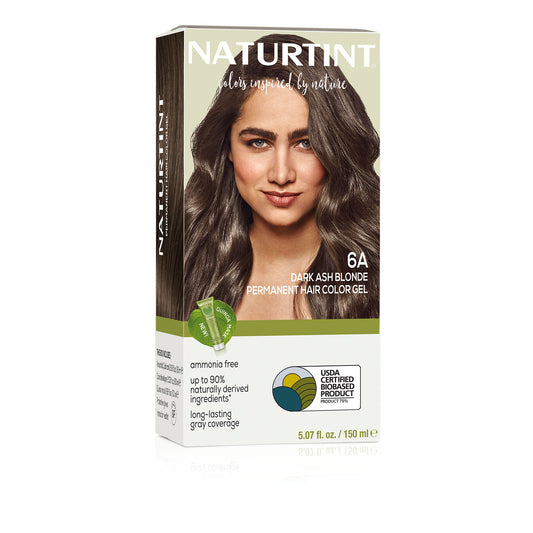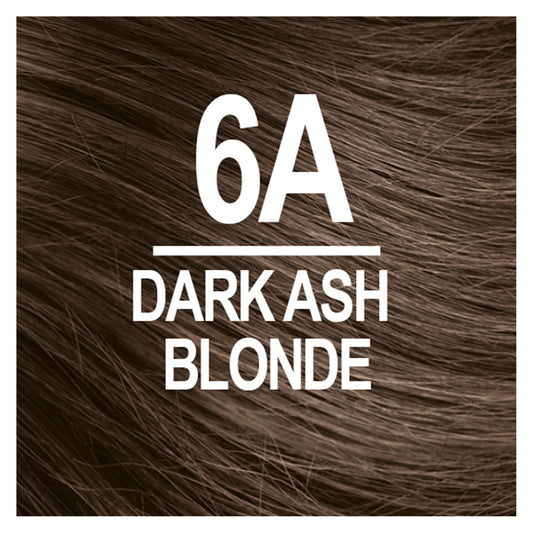The stigma around women going gray isn’t new. In fact, it’s been around since the Ancient Egyptians invented the first henna hair color around 1500 B.C. A key motivation for inventing hair color was to color gray hair.
Gray hair is often associated with aging and/or women letting themselves go. But the truth is, going gray can happen at any age. Gray hair is caused by loss of melanin, not the number of years you’ve been on this earth.
So, let’s examine the stigma around going gray. When did it start and have we made any progress to end the stigma? Keep reading to find out!
Related: The History of Hair Color: Brilliant Color Through the Ages

A shift in the stigma of going gray
Despite the conversation deeply rooted in culture that gray hair is unwanted and seen as a sign of aging, it was tough to get rid of. Chemical hair color was still considered unsafe in the early 20th century. Not to mention, in a modest era, hair color was seen as something only vain women would use. This attitude helped to perpetuate the idea of coloring hair as a taboo topic. Yet, societal pressure for women to cover their grays continued.
Only in recent decades have women felt empowered to make their own choice as to whether they want to color their hair or embrace going gray. Let’s take a look at advertising’s role in perpetuating the stigma around going gray and how we ended up where we are today.
advertising hair color through the years
It didn’t take long for hair companies to tap into anxiety, societal pressure to maintain beauty standards, and fear of aging as a way to sell hair color and expand their market in the early 20th century. In one example, a black-and-white French L’Oreal ad from the 1920s showcased a sad and happy version of the same woman side by side, with the happy woman wearing a stylish black bob. The English translation for the ad reads: “Not one more white hair; forever 30 years old.”
This is just one example of ad companies pushing to make the correlation between hair color and youthfulness. Shortly after, companies liked Clairol followed suit with ads that referred to gray hair as a “heartless dictator” and something that could have significant control over how a woman lived her life.
The message was clear: women needed to get rid of gray hairs but do it secretly. This was seen as a private matter that shouldn’t be discussed (even amongst families). In fact, salons even offered private back entrances for clients who didn’t want to publicly share that they were coloring their hair with the world.
Besides playing off a women’s insecurities and doubts, what else helped to fuel the stigma of going gray and drive sales for the hair color industry? For most advertising companies, subtle ad campaigns also played a huge role in normalizing hair color. The iconic 1956 Clairol ad asking “Does she…or doesn’t she” was so successful that it became a catchphrase in the United States.
It was also around this time that at-home hair color kits debuted, ensuring privacy and paving the way for further growth for the hair color industry. And, during the 1960s, coloring hair became more commonplace as public sentiment around hair color began to change. Using hair color was openly accepted and talked about. This was arguably fueled by slogans and campaigns like L’oreal’s “Because you’re worth it.”
The power to choose your hair color
Since then, women have been more open about coloring their hair. However, it took a few more decades for them to have the courage to openly embrace going gray.
ending the stigma of going gray – a silver lining
Even though we’ve become more accepting as a society of those who decide not to cover their grays, it’s tough to overcome centuries of pressure for women to conform to youthful beauty ideals. Therefore, knowing the ideals that have been placed on women in terms of the way they act, look, and dress, and choosing to let yourself go gray is an empowering act. Women who are letting their grays show are showing self-confidence and making it clear that they are not defined by the youthful stereotype. Embracing grays is more than just a trend, it’s a lifestyle shift.
Now that more and more women have embraced their grays these past few decades, they’ve helped to spark a revolution where gray hair is accepted and even celebrated. This has led to younger generations feeling empowered by women in their families embracing their grays and inspired to follow in their footsteps.
There are even a handful of celebrities that have embraced their grays including Helen Mirren, Judi Dench, and Jamie Lee Curtis. However, even though this recent push by celebrities to embrace grays has garnered positive attention, the truth is that they represent only a small part of a youthful-driven entertainment industry.
Hair color as a form of self-expression
Just as you express yourself through your shoes and outfit, hair color is another means of self-expression. In a world that feels out of our control at times, your hair color is one thing that you can control. And it plays a large role in how you look. As the saying goes, “When you look good, you feel good.”
So, now that you’ve learned more about the stigma around going gray and how it’s changed throughout the years, we challenge you to make the decision that’s best for you. To embrace your grays or color your hair.
And, if you’re looking to create a hair color that’s uniquely your own, be sure to check out our line of USDA Certified Biobased Permanent Hair Color! With 35 shades, you’re sure to find a shade (or combo of shades) that’s perfect for you!



